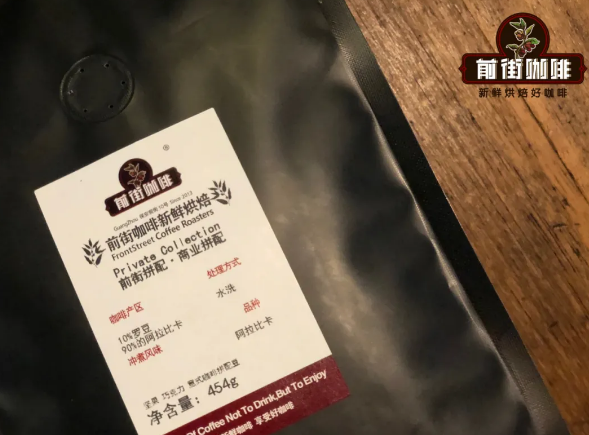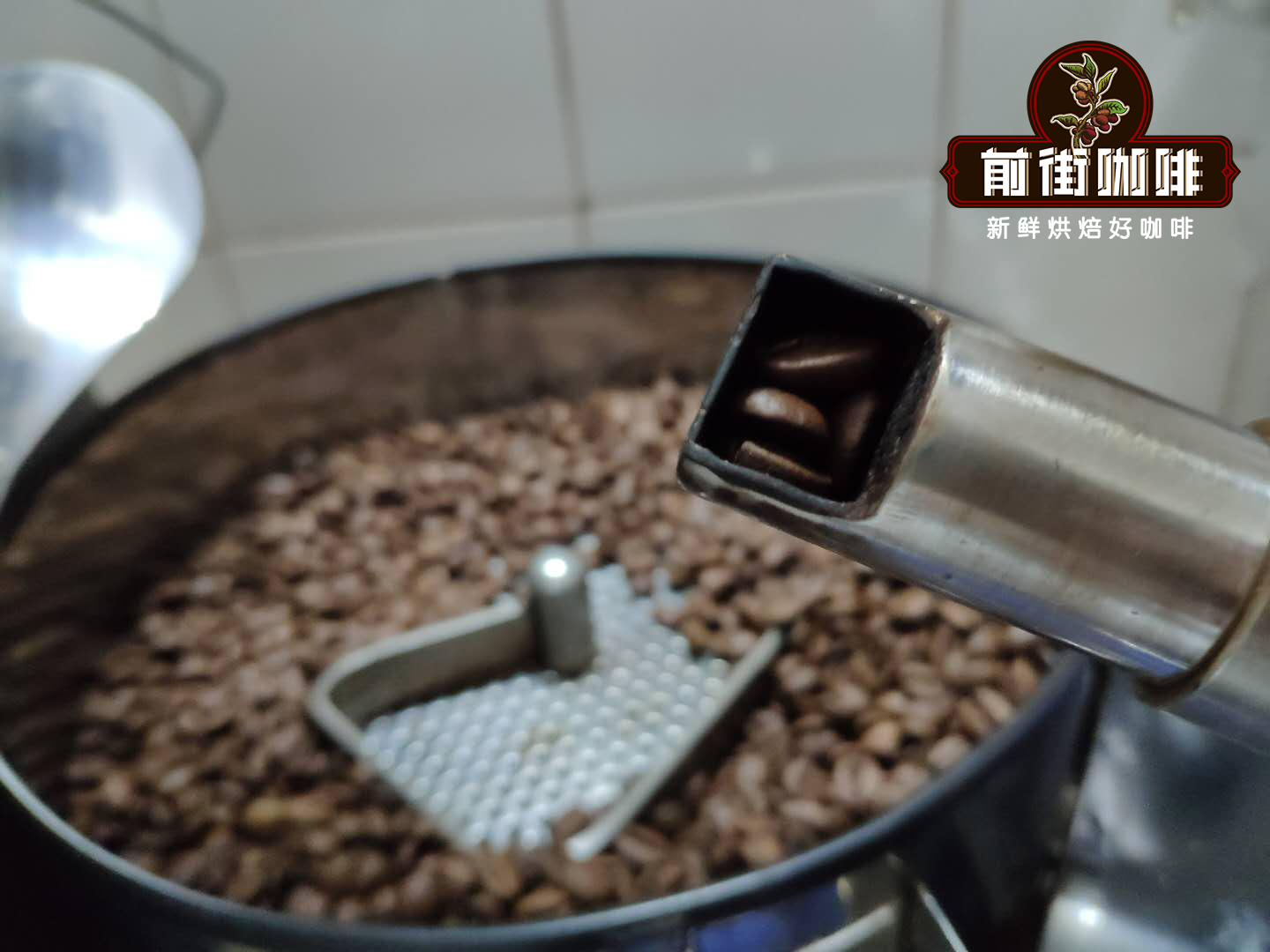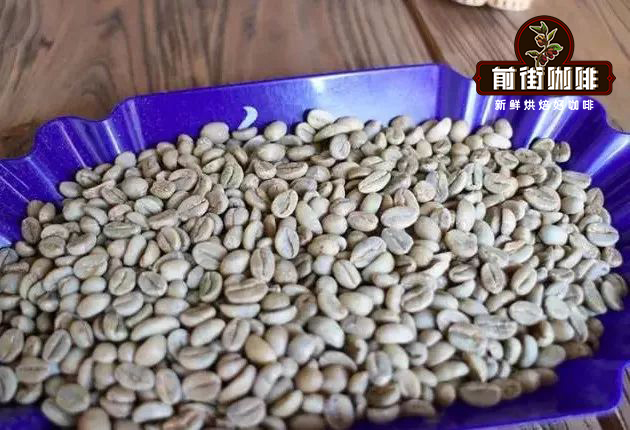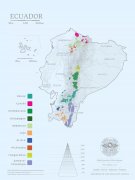How to mix Italian coffee beans? What are the tips for baking Italian beans?

Whether it's a clean drink or as part of espresso, a good, balanced espresso is the first condition. However, to make espresso with a balance of acidity, body and sweetness, you need to start with the right beans-putting together beans from different places.
Although coffee beans from a single producing area are popular in hand-brewed coffee, they usually lack the complexity required for espresso. This is why balanced espresso is usually made up of different beans. To create unique Italian beans, you need to know the proportion, roasting degree and flavor characteristics of all kinds of coffee beans.
What is spaghetti beans?
In the past, bean bakers mixed different coffee beans to hide a small amount of poorly roasted or low-quality coffee.
Over time, however, mixed coffee beans have become more and more popular with bean bakers who want to provide exclusive, signature coffee. It is also popular with bakers who want to provide coffee beans with the same flavor throughout the year.
Many bakers use coffee beans from a single producing area to make espresso, but because some areas may not have a comprehensive flavor, this may produce an unbalanced flavor. For this reason, bean bakers who want to provide espresso with a balanced flavor usually mix many beans from a single producing area.
Why do bakers focus on making mixed beans?
Espresso is by no means a new drink, but in recent years, it has become more and more popular. Because of millennials' preference for espresso, the market for espresso is expected to grow by 7% year-on-year by 2023. Creating an Italian blend of beans used to make espresso will help bakers meet the needs of this major consumer group.
Espresso made from Italian beans is popular in cafes, making them a predictable demand area for bean bakers. For cafes and restaurants, a large amount of espresso is produced every day, and the consistency of production is very important.
Although many single-origin coffees vary from season to season, blending beans allows bakers to maintain the same quality over a longer period of time. This blend of coffee beans provides a thick texture, rich taste and the ability to penetrate milk. In this way, customers can enjoy the same flavor and standardized coffee every season.

What are the characteristics of Italian beans?
The type and proportion of coffee used by bakers in Italian beans depends on several factors. This includes what customers need, what their bakeries usually provide, and what coffee beans they can buy. Therefore, no two kinds of Italian coffee beans are the same.
Some people in the coffee industry believe that only boutique coffee with a coffee cup score of more than 83 should be used for espresso production. It can be based on a high-quality Brazilian coffee bean and then mixed with Central or South American coffee beans, such as 70% Brazilian coffee beans, 20% Tanzanian coffee beans, 10% Salvadoran coffee beans, or 80% Brazilian coffee beans and 20% Colombian coffee beans.
When it comes to espresso, there is no difference between good and bad. Some people prefer sweet, full-bodied body with lower acidity and less bitterness, but a sense of balance between each other is the most important. When trying to mix spaghetti, make sure that each coffee bean used is sustainable and has a stable purchase price.
In the blending of Italian beans, the types of coffee beans used vary according to the preferences of the baker. The more kinds are used, it means that when one of them produces variables, it will not significantly change the overall flavor.
As for the core of an espresso, it is sweet and body. Italian blending coffee beans is the highest embodiment of the technology and knowledge of bean bakers, from purchasing to tasting to baking, bean bakers have been trying to improve the formula and roasting technology, while maintaining the consistency of their taste.

Tips on baking Italian beans
There is no single best way to bake spaghetti beans, because it depends on what kind of coffee beans are used, what is the percentage of each kind of beans, and what is the baking goal. Fine-tuning Italian beans will involve some experiments and errors, but once a formula has been determined, it will be able to copy it quickly and easily.
Shallow baking can highlight the acidity and complexity of blended beans. However, this may not apply to coffee drinks with milk, as the subtle quality of coffee beans may disappear.
The solubility of soluble coffee should be considered in the baking process of Italian mixed beans, and the solubility can be increased by roasting for a long time. Bean bakers need to extend the baking time of mixed beans to shorten the extraction time of espresso, and extend the Maillard reaction stage to create the necessary bitterness to achieve a balanced taste. Each blending and baking should be sampled and tested to see if it meets the target taste. If not, the formula or baking process may need to be changed.
Bean bakers can develop and adjust their own Italian coffee beans to provide a unified taste for customers and cafes. Can also be customized according to the customer's idea, baking belongs to the customer's own Italian matching beans, to get a unique flavor. Although it takes time and effort, it is definitely worth it to create an iconic Italian blend of coffee beans.
The article was reproduced in Food and drink Intelligence, by Sandy Ying.
Important Notice :
前街咖啡 FrontStreet Coffee has moved to new addredd:
FrontStreet Coffee Address: 315,Donghua East Road,GuangZhou
Tel:020 38364473
- Prev

What is mocha coffee? How to make mocha coffee? What is the relationship between mocha coffee and port mocha
Coffee and chocolate have a lot in common. Both come from plants that flourish in tropical equatorial countries, are popular for their legumes and are roasted to unleash their true potential. Sometimes, tastes overlap. Chocolate is a common tasting note when talking about coffee. Therefore, we naturally combine chocolate and coffee to make drinks. The word Mocha
- Next

Flavor characteristics of Ecuadorian Organic Coffee beans in South America Coffee producing area
Professional coffee knowledge exchange more coffee bean information please follow the coffee workshop (Wechat official account cafe_style) talking about South American coffee producing areas, Panama, Colombia, Costa Rica, Brazil and other famous coffee producing countries can immediately come to mind of coffee lovers. In South America, there is also a country known as the highest elevation of Arabica coffee cultivation.
Related
- Beginners will see the "Coffee pull flower" guide!
- What is the difference between ice blog purified milk and ordinary milk coffee?
- Why is the Philippines the largest producer of crops in Liberia?
- For coffee extraction, should the fine powder be retained?
- How does extracted espresso fill pressed powder? How much strength does it take to press the powder?
- How to make jasmine cold extract coffee? Is the jasmine + latte good?
- Will this little toy really make the coffee taste better? How does Lily Drip affect coffee extraction?
- Will the action of slapping the filter cup also affect coffee extraction?
- What's the difference between powder-to-water ratio and powder-to-liquid ratio?
- What is the Ethiopian local species? What does it have to do with Heirloom native species?

